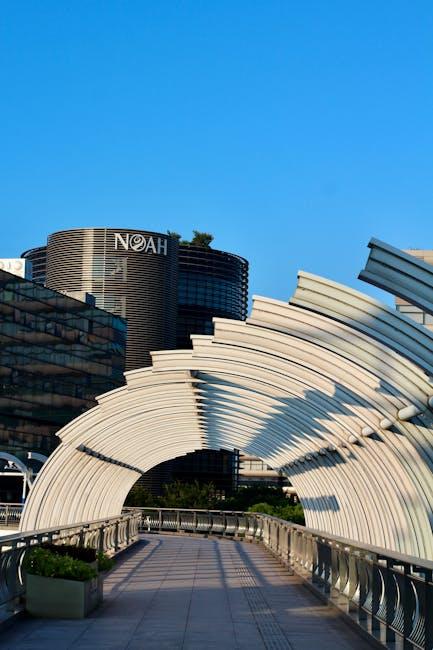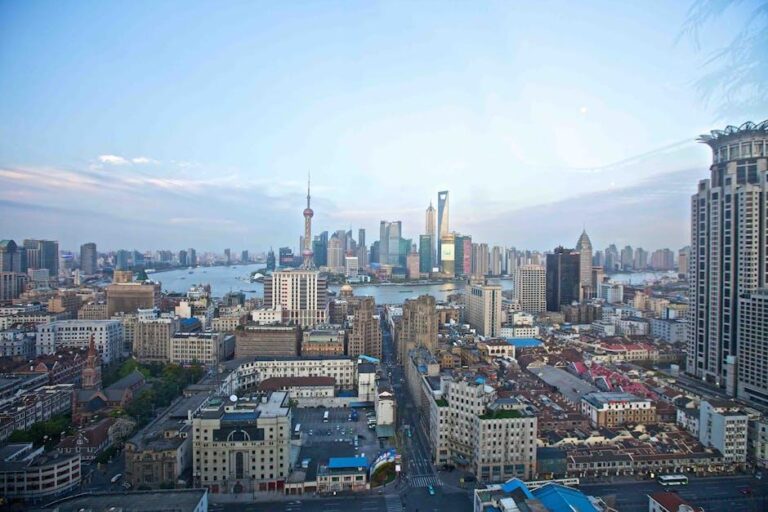
Shanghai-based Angelalign Denies Align Technology’s Dental Patent Infringement Allegations
The world of orthodontics and dental aligners was recently shaken when Align Technology, a pioneer in clear aligner treatment, accused Shanghai-based Angelalign of infringing on their dental patents. Angelalign, a rising player in the dental technology industry, has officially denied these allegations, sparking a crucial legal battle that could have wide-reaching implications in the global oral health landscape. This article covers the latest developments, the companies involved, and what this dispute means for the dental patent ecosystem and patients worldwide.
Background: Who Are Angelalign and Align Technology?
Before diving into the patent infringement denial, it’s essential to understand who these two companies are and their roles in the dental aligner industry.
- Align Technology is an American medical device company famous for pioneering the Invisalign system—removable clear aligners that have revolutionized orthodontics since their launch in the early 2000s.
- Angelalign is a Shanghai-based company rapidly growing in the dental market, offering innovative clear aligner products with a focus on affordability and accessibility, particularly in Asia.
What Are the Patent Infringement Allegations?
Align Technology alleges that Angelalign’s clear aligners and related dental treatment systems infringe on multiple patents held by Align. These patents cover technology related to the design, manufacturing process, and use of clear aligners.
Key Areas of Alleged Infringement:
- Customized clear aligner fabrication methods
- Orthodontic treatment planning software
- Aligner materials and attachment designs
- 3D scanning and imaging integration with aligner production
The allegations, if proven, could restrict Angelalign’s ability to sell products in markets protected by these patents, most notably in the U.S. and other Western countries.
Angelalign’s Denial and Their Position
In a formal statement, Angelalign firmly denied all accusations of patent infringement, emphasizing its commitment to innovation and lawful business practice. The company argues that its technology was developed independently and does not violate Align’s patented intellectual property.
Angelalign’s Defense Highlights:
- Unique proprietary technology: Angelalign claims its design and manufacturing processes differ significantly from Align’s patents.
- Prior art and innovation: They insist that many of their aligner features pre-date some of Align’s patents or are based on common industry practices.
- Global patent variances: Angelalign points out that patent protections vary by country, and not all inventions claimed by Align are legally definable under Chinese or international law.
This ongoing dispute emphasizes the competitive tension between established market leaders and emerging challengers, especially in the rapidly evolving clear aligner market.
Impact on the Dental Aligner Industry
The legal clash between these two companies highlights important themes in dental technology and intellectual property rights.
Potential Industry Implications:
- Innovation acceleration: Patent disputes often push companies to innovate further, improving product quality and patient experience.
- Market competition: Clear aligner brands may adjust prices or marketing to maintain competitiveness amid litigation uncertainty.
- Regulatory scrutiny: Governments and patent offices might increase oversight of dental aligners to protect consumers and foster fair competition.
- Global market shifts: Litigation outcomes can influence where and how companies expand internationally.
Benefits of Clear Aligners Amidst Patent Disputes
While companies debate patents, patients continue to seek effective orthodontic treatments. Clear aligners offer many benefits regardless of the brand involved.
- Discreet orthodontic treatment: Aligners are nearly invisible compared to traditional braces.
- Comfort and convenience: Removable aligners avoid many discomforts of metal braces and facilitate easier oral hygiene.
- Predictable treatment planning: Digital technology enables customized treatment paths with accurate outcomes.
- Wider accessibility: Competitive industries lower costs, making aligners more affordable globally.
Case Study: Market Growth in Asia’s Clear Aligner Sector
Despite patent controversies, Angelalign has significantly expanded in the Asian market by capitalizing on local demand and cost-effective production.
| Year | Angelalign Sales Growth | Region | Market Insight |
|---|---|---|---|
| 2019 | +35% | China and Southeast Asia | Expanded clinic partnerships |
| 2021 | +50% | Asia-Pacific | Innovative digital workflow |
| 2023 | +38% | China | Increased consumer awareness |
Practical Tips for Patients Considering Clear Aligners
Whether using Invisalign, Angelalign, or other brands, here are key points for prospective clear aligner patients:
- Consult a certified orthodontist: Always seek professional advice before choosing an aligner system.
- Understand treatment plans: Ensure you receive a clear, virtual treatment preview and regular checkups.
- Consider brand reputation: Research the company’s patent and technology background for peace of mind.
- Check pricing and warranty: Compare costs and support policies among different providers.
Conclusion
The patent infringement dispute between Shanghai-based Angelalign and Align Technology underscores the intense competition and innovation race within the dental aligner industry. As Angelalign denies the allegations, both companies continue to advance their technologies and expand global reach, ultimately benefiting patients by improving available orthodontic solutions. This case highlights the importance of intellectual property rights in protecting innovation while reminding consumers to stay informed about their orthodontic options. As the legal proceedings unfold, the oral health community eagerly watches how this challenge will shape the future of clear aligners worldwide.


